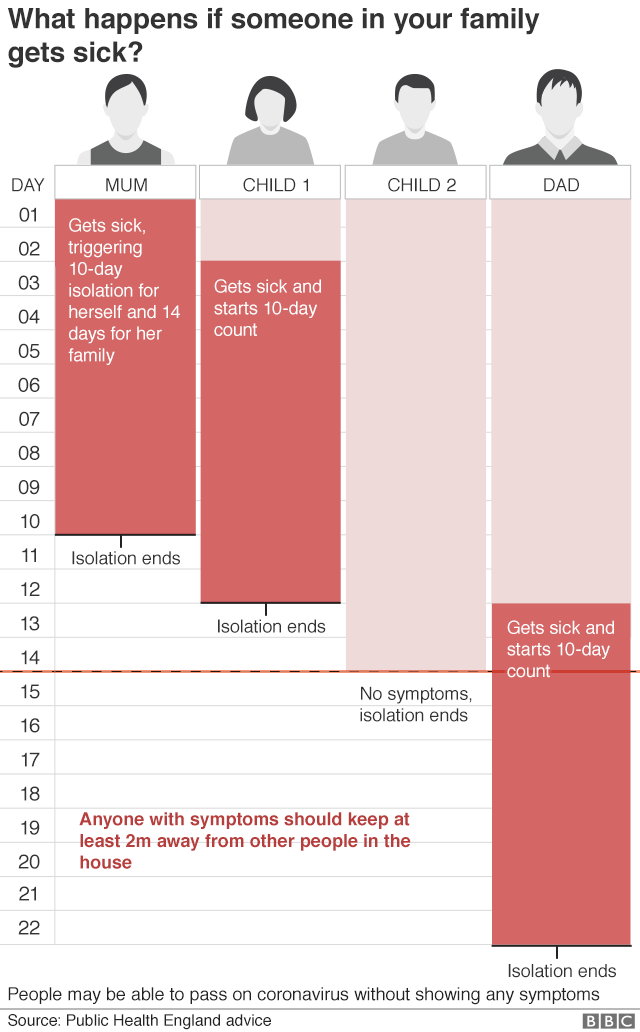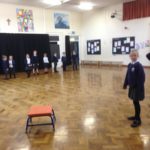Hi everyone
We’re really missing you in school and we can’t wait to have you back. We hope you’re managing to stay happy, healthy and safe while you’re not with us here in school. You are still very much a part of our school community so please get in touch with us. Your class teacher’s email address can be found at the bottom of this post.
Maths
This week’s maths learning is linked to place value.
Year 3 children use these resources:
- 100s, 10s and 1s (1): video, worksheet, answers
- 100s, 10s and 1s (2): video, worksheet, answers
- Recap Number line to 100: video, worksheet, answers
- Number line to 1,000: video, worksheet, answers
- Find 1, 10, 100 more or less: video, worksheet, answers
Year 4 children use these resources:
- count in 1000s: video, worksheet, answers
- represent numbers to 10,000: video (worksheet is embedded within the video)
- 1000s, 100s, 10s and 1s: video, worksheet, answers
- partitioning: video, worksheet, answers
- number line to 10,000: video, worksheet, answers
You don’t have to print the worksheet. Your child can write or draw their answers on paper. Your child’s learning will be most effective if you sit with them to pause the clip and check / praise / support your child as the clip moves on.
Practise times tables on Times Table Rockstars, too. If your child is in Y3, we’re concentrating on the 2s, 5s and 10s times table. If your child is in Y4, we’re concentrating on the 3 times table. Email the class teacher if you need your child’s login and password details.
(Suggested time: 30 minutes of Maths and 15 minutes of Rockstars daily)
Spelling
Look on the homework page to find this week’s spellings. Your child should complete one task each day.
- Day 1: Generate more words linked to the spelling pattern or ‘rule’. You could look out for the words in the book you’re reading at home, or any other text, like a website linked to our science topic of Living Things and their Habitat.
- Day 2: Practise the spellings using two of the ideas in our Super Spelling Strategies guide. (Set yourself and others at home a challenge of using some of the words when you’re speaking, too!)
- Day 3: Write separate sentences, each containing one of the spellings. (Don’t forget to show off really neat handwriting and make sure you sentence starts with a capital letter and ends with a full stop, exclamation mark (!) or question mark (?).
- Day 4: Repeat Task 2 or 3.
- Day 5: Get an adult at home to test you on your spellings. Practise any you spell incorrectly – you could write them out carefully until you’re sure.
(Suggested time: 15-20 minutes daily)
Reading fluency
This is the text we’re using in class this week to build up fluency skills. You could also check out this video for a tribute to Jane Goodall for some more information.
In school, we generally follow this sequence:
- Day 1: Read the text aloud with your child listening. Read it clearly and slowly, pointing to each word as you read. Have a chat about any unfamiliar words.
- Day 2: Read aloud each sentence (a full short sentence or part of a longer sentence), and have your child read it back to you. Do this ‘echo reading’ for the whole text.
- Day 3: Read the text and talk about the effect of the punctuation on how you read it – pauses for full stops and expression for exclamations (!) or questions (?). Your child reads the text aloud.
- Day 4: Read together with expression (just like you practised on Day 3).
- Day 5: Your child reads independently and fluently.
(Suggested time: 15 minutes daily)
Reading comprehension
Day 1: We’ll be using this ‘RIC’ text in class to practise comprehension skills. RIC stands for:
- Retrieve: finding information in a text
- Interpret: using clues in the text to unlock information
- Choice: thinking about the author’s choice of words, techniques or organisation that make the text interesting and enjoyable to read
Day 2: Agree with your child three words from any text they’ve read which they’re less familiar with. Your child should find out what they mean (eg by checking an online dictionary or simply discuss with you) and how to use them in sentences (both when speaking and when writing). Challenge your child to write a sentence with each word in, or to drop the words into conversations at home.
Day 3: Read this article from First News, a newspaper for children, and complete the activity.
Day 4: Read your fluency or RIC text again. Next, do one of the following:
- Your child could list at least ten facts they’ve read in the text. (If it’s a fiction text (a story), then the facts would be based on the story, like ‘Harry Potter picked up his broomstick’, rather than actual facts from the real world.)
- Your child could create questions and answers for what they’ve read. (For example, it could be a TV or radio interview based on what they’ve read.)
- Your child could create their own ‘RIC’ questions.
- Your child could draw and label a character or setting that they’ve read about.
Day 5: Book Club. Once a week, we have a relaxing lesson where we sit and read quietly, often with an adult. At home, we’d like you to read your favourite book or text, too. If possible, discuss the book with an adult, talking about some or all of the sections of this sheet.
(Suggested time: 30 minutes daily)
Writing
Activity 1: Your child should practise skills they’ve learnt recently by using the following sequence:
Task 1:
- define adverbs (BBC Bitesize can help if you’re unsure)
- list different examples of adverbs
- find and highlight adverbs in this text which we’ve read in class (or in a book you’re reading at home)
Task 2:
- write sentences, each with a different adverb.
Task 3:
- write a short piece of writing about making something (a sandwich, a paper plane, a Lego toy – anything you like) using lots of adverbs.
Activity 2:
Children should write six sentences about a picture or photograph you choose. Your child should remember capital letters, finger spaces, joined up letters (use our handwriting guide to help, paying particular attention to tall letters and letters that go beneath the line), and a full stop, exclamation mark (!) or question mark (?) to end the sentence. Encourage interesting words to make their writing more interesting.
(Suggested time: 30 minutes daily)
Topic
This week’s topic learning is linked to our class novel and is all about art.
In school, we’ll start by finding out about watercolour painting. Read this text and answer these questions.
Then, if you have some, have a go at using some watercolours. There are loads of guides and videos online if you need some help. If you don’t have watercolours, don’t worry. We just want you to practise your art skills. You could do this by practising colouring (and even blending colours) using coloured pencils. If you have some poster paint, practise mixing this to make a range of colours. If you only have a pencil, that’s fine, too. Practise shading or draw yourself as though you are going to be in a picture book.
(Suggested time: 30-45 minutes)
Science
We’re learning about living things and their habitats. This week, we’re focusing on how we can classify animals.
This BBC Bitesize lesson will really help to support learning at home.
(Suggested time: 30-45 minutes)
Please do get in touch, our email address is stjamesy3y4@spherefederation.org Both Mrs Welsby and Mrs Rowley will check this email address and one person will reply.
 And linked to attendance… This BBC article about self-isolation is worth a read. It helps to explain self-isolation. The last section is especially useful – it explains the rules for schools:
And linked to attendance… This BBC article about self-isolation is worth a read. It helps to explain self-isolation. The last section is especially useful – it explains the rules for schools:









